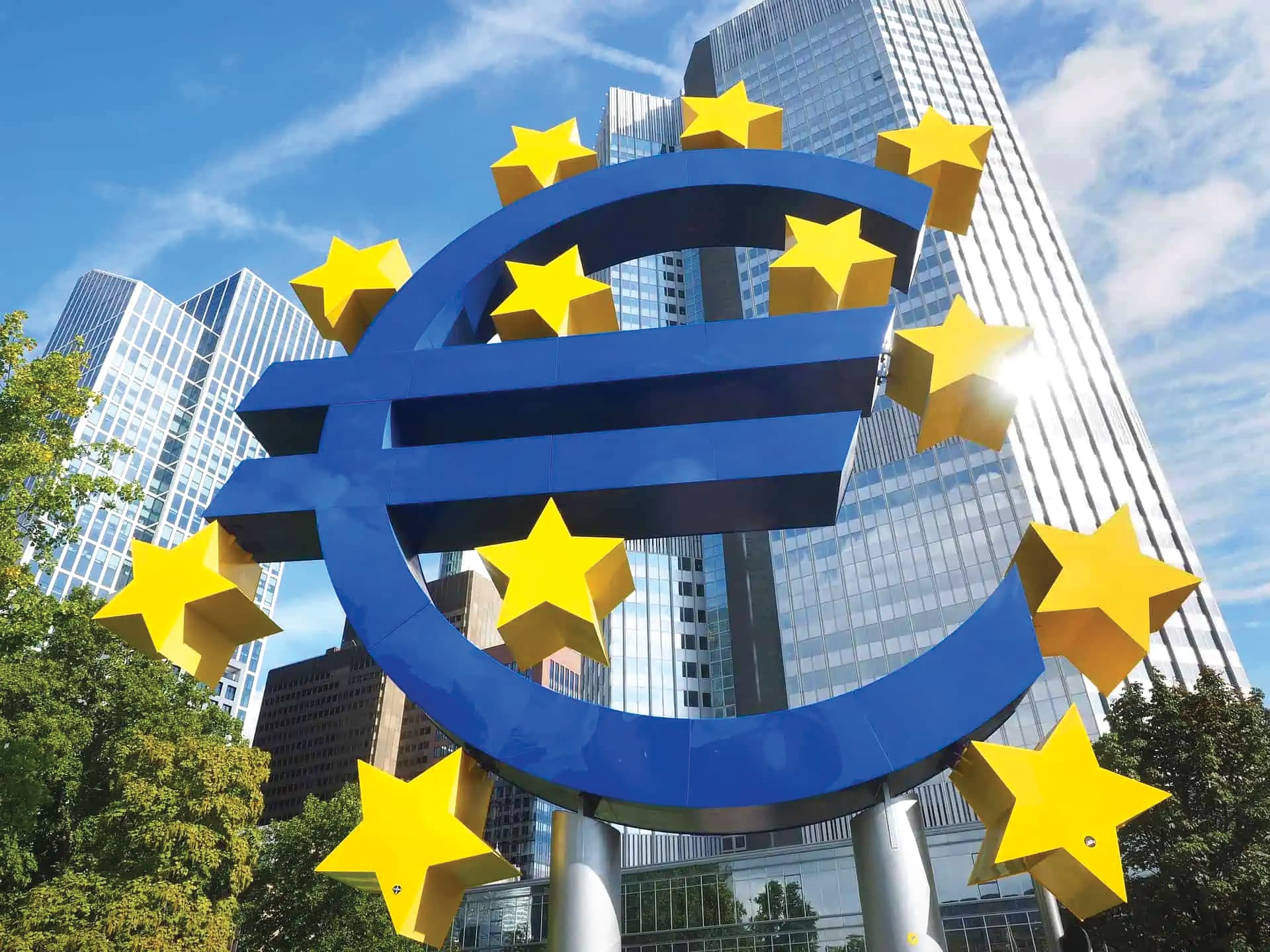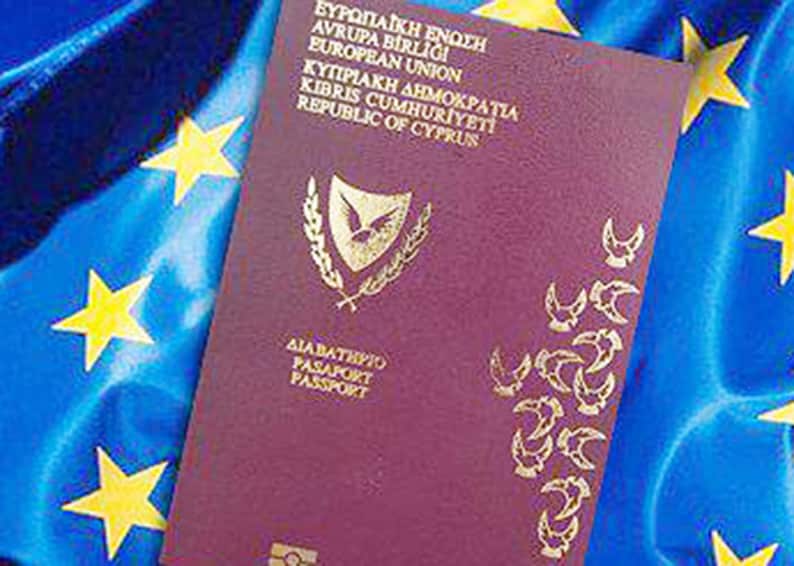The European Central Bank (ECB) announced this week that the net saving of the euro area economy increased in the four quarters leading up to the second quarter of 2025, while the household debt-to-income ratio fell.
Euro area net saving increased to €861 billion (7.0 per cent of euro area net disposable income) in the four quarters to the second quarter of 2025 compared with €857 billion in the four quarters to the previous quarter.
Euro area net non-financial investment increased to €545 billion (4.4 per cent of net disposable income), mainly due to increased investment by non-financial corporations.
Euro area net lending to the rest of the world decreased to €348 billion (down from €389 billion in the four quarters to the previous quarter), reflecting net saving growing less than net non-financial investment.
Non-financial corporations’ net lending decreased to €99 billion (0.8 per cent of net disposable income) from €158 billion, while that of households increased to €597 billion (4.8 per cent of net disposable income) from €592 billion.
Financial corporations’ net lending was broadly unchanged at €93 billion (0.8 per cent of net disposable income).
General government net borrowing decreased, contributing less negatively (-€442 billion, -3.6 per cent of net disposable income) to euro area net lending.
Household financial investment increased at a higher annual rate of 2.6 per cent in the second quarter of 2025, up from 2.4 per cent in the previous quarter.
Investments in shares and other equity (2.5 per cent, after 2.1 per cent), life insurance (2.2 per cent, after 1.6 per cent), and pension schemes (2.6 per cent, after 2.3 per cent) all grew at higher rates.
The growth rate of investment in debt securities turned negative (-1.2 per cent, after 3.2 per cent), while currency and deposits grew at an unchanged rate (3.0 per cent).
Households sold, in net terms, mainly debt securities issued by non-financial corporations, monetary financial institutions (MFIs) and government, while buying debt securities issued by other financial institutions and the rest of the world (debt securities issued by non-residents of the euro area).
Households were overall net sellers of listed shares.
By issuing sector, they were net sellers of listed shares of non-financial corporations, MFIs and insurance corporations, and net buyers of listed shares of other financial institutions and the rest of the world.
Households further increased their net purchases of non-money market investment fund shares, while net purchases of money market fund shares remained broadly stable.
The household debt-to-income ratio decreased to 81.5 per cent in the second quarter of 2025 from 82.8 per cent in the second quarter of 2024.
The household debt-to-GDP ratio decreased to 50.9 per cent in the second quarter of 2025 from 51.7 per cent in the second quarter of 2024.
Financing of non-financial corporations (NFCs) increased at a broadly unchanged rate of 1.6 per cent.
Among its components, loan financing (2.2 per cent after 2.4 per cent) and equity financing (0.7 per cent after 1.1 per cent) decelerated, while financing by debt securities (1.9 per cent after 1.6 per cent) and trade credits (4.9 per cent after 4.6 per cent) accelerated.
The deceleration in loan financing was mainly due to loans granted by NFCs (3.1 per cent after 3.4 per cent), by MFIs (2.4 per cent after 2.6 per cent) and by the rest of the world (-1.1 per cent after 0.9 per cent).
NFCs’ debt-to-GDP ratio (consolidated measure) decreased to 66.3 per cent in the second quarter of 2025, down from 67.9 per cent in the second quarter of 2024.
The non-consolidated, wider debt measure decreased to 136.7 per cent from 138.7 per cent.







Click here to change your cookie preferences